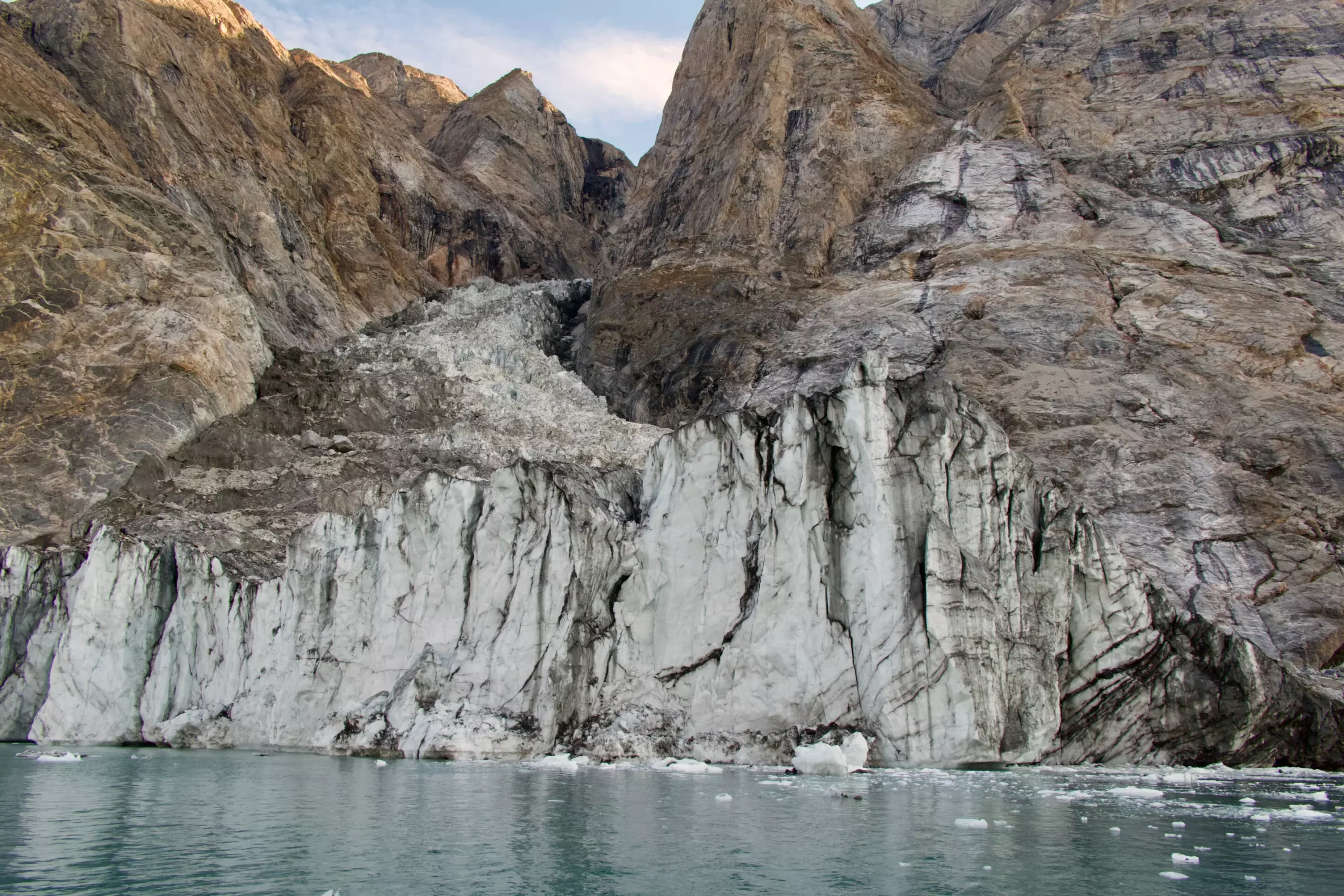In September 2023, seismologists across the globe were confronted with an enigmatic seismic signal that sustained itself for a staggering nine days. This unprecedented event prompted collaboration among an international assembly of scientists, spearheaded by Alice Gabriel and Carl Ebeling from the Scripps Institution of Oceanography, affiliated with UC San Diego. Their rigorous investigation culminated in a pivotal study published in the renowned journal Science, revealing a remarkable connection between geological upheaval and climatic change. As the findings unfolded, they illuminated the growing interplay between environmental shifts and geophysical occurrences, invigorating discussions surrounding climate change and its cascading impacts on our planet.
Within the hallowed recesses of an East Greenland fjord, a calamitous event triggered by a massive landslide became the focal point of scientific scrutiny. The results of this geological catastrophe were staggering: a monumental tsunami, eclipsing 200 meters in height (approximately 650 feet), was unleashed when over 25 million cubic meters (33 million cubic yards) of rock and ice crumbled into the sea. This avalanche of material caused a prolonged oscillation known as a seiche, which reverberated through the Earth’s crust long after the initial disturbance. Fortunately, although the waves wreaked havoc on an unoccupied research station on Ella Island—inflicting damage estimated at $200,000—no human lives were lost, showcasing a rare blend of catastrophe and fortune.
An underlying factor in this geological disaster is the omnipresent threat of climate change. As glaciers melt at an accelerated pace, the stability of the earth surrounding them is undermined, creating conditions ripe for landslides. In this instance, the destabilization of the massive rock and ice that plummeted into the fjord illustrates a broader pattern concerning the implications of global warming. Gabriel, drawing attention to the serious ramifications of climate change, asserted, “Climate change is shifting what is typical on Earth, and it can set unusual events into motion.” This insight offers a sobering reminder of how interconnected our ecological and geological systems are in the face of changing climates.
With the initial seismic detection raising eyebrows among the global scientific community, two main characteristics of the signal piqued curiosity. Unlike conventional earthquake readings, the oscillation period of this signal clocked in at 92 seconds—a frequency too slow for human perception and markedly distinct from typical seismic activity. Even more intriguing was the durability of the signal, persisting well beyond what one would expect from a transient seismic event.
Eager to demystify their findings, the team, led by Kristian Svennevig from the Geological Survey of Denmark and Greenland, embarked on a comprehensive investigation that involved pooling extensive data from various sources. Their methodical approach involved analyzing seismic recordings collected worldwide, validating reports of the Greenland landslide that coincided with the initial detection of the seismic signal, and amalgamating field measurements and satellite imagery. Importantly, high-resolution simulations conducted with the assistance of supercomputers allowed researchers to reconstruct both the tsunami’s dynamics and the ensuing seiche.
This meticulous investigation was no small feat; it drew upon the collaborative efforts of 68 scientists hailing from 41 different research institutions. Their collective expertise underscored the importance of a multidisciplinary approach to decipher complex natural phenomena. By integrating diverse methodologies—from satellite imagery to geophysical observations—the researchers were able to arrive at striking conclusions regarding the 2023 event.
The implications of this research are profound. While the fjord where the landslide occurred was empty of human inhabitants at the time of the disaster, its proximity to routes frequently navigated by cruise ships raises serious safety concerns for vulnerable maritime activities. This echoes past incidents, such as the 2017 landslide in Western Greenland’s Karrat Fjord, which resulted in the tragic loss of life and property. The researchers emphasized the urgency of monitoring such regions as climate change accelerates.
In reflecting on the significance of their findings, Ebeling expressed a sense of optimism about future research opportunities. Knowing that there are mysterious events awaiting discovery, he signaled a call to action for scientists to delve deeper into the historical seismic record, potentially elucidating previous seiche events and enriching our understanding of these phenomena.
As our planet continues to navigate the complexities of climate disruption, the intersection of geology and climate science offers compelling insights into the challenges we face. Through dedicated collaboration and interdisciplinary study, researchers are not only piecing together past enigmas but also paving the way for greater awareness of the dynamic and shifting nature of our Earth.


Leave a Reply